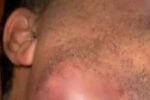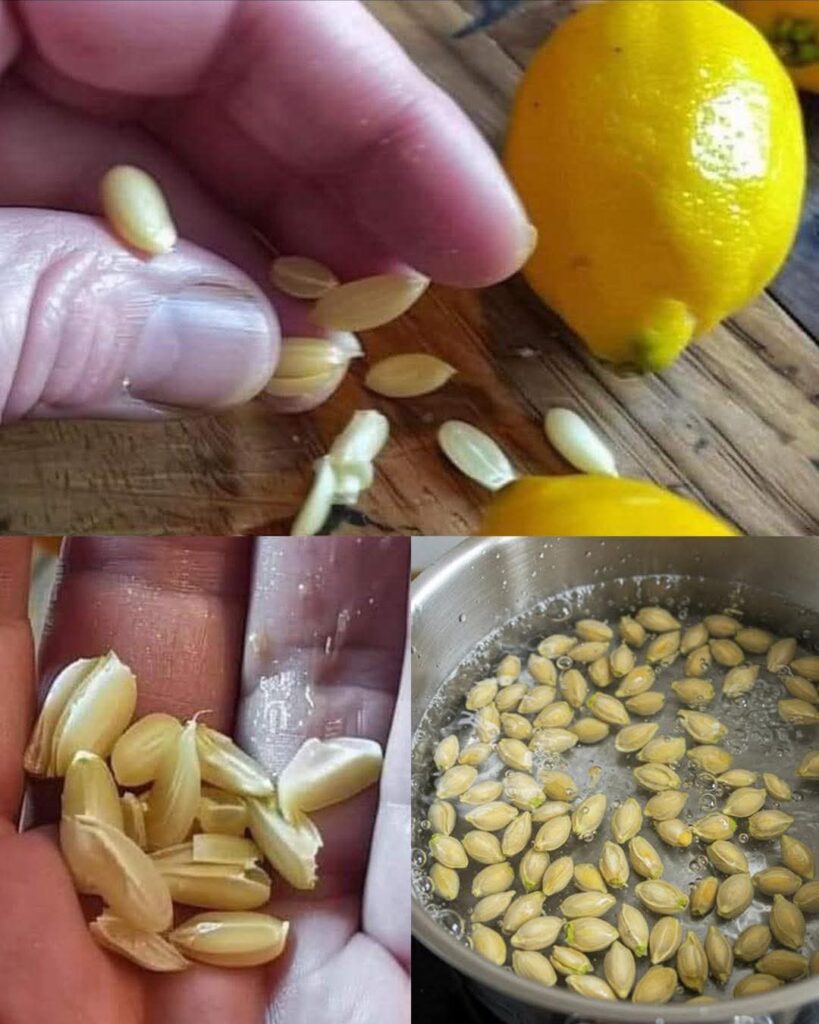Dentist Explains 7 Key Causes of Yellowing Teeth and How to Prevent It

Ever wonder why your teeth aren’t as bright as they used to be—even if you brush every day? Yellowing teeth is a common problem, and it’s not always about poor hygiene. According to dentists, there are several sneaky reasons your smile might be losing its sparkle, and the good news is: most of them are preventable!
1. Foods and Drinks That Stain
Coffee, tea, red wine, berries, soy sauce—delicious, but not tooth-friendly. These dark-colored foods and drinks contain chromogens, which cling to your enamel and leave behind stains over time.
Prevention Tip: Rinse your mouth with water after consuming these foods, or drink through a straw when possible. Regular brushing also helps prevent buildup.
2. Smoking and Tobacco Use
Nicotine and tar in cigarettes or chewing tobacco stain teeth quickly and deeply. Even short-term smoking can cause visible discoloration.
Prevention Tip: Quitting tobacco use is the most effective way to prevent yellowing and protect your oral and overall health.
3. Aging
As you age, the white enamel on your teeth wears down, revealing the naturally yellow dentin underneath. This happens to everyone, but some experience it more noticeably.
Prevention Tip: Gentle whitening treatments can help, and using toothpaste with enamel-strengthening properties may slow the process.
4. Poor Oral Hygiene
Not brushing or flossing properly allows plaque and tartar to build up, leading to yellow teeth and potential gum problems.
Prevention Tip: Brush twice daily, floss once a day, and visit your dentist every 6 months for professional cleanings.
5. Medications
Certain antibiotics (like tetracycline), antihistamines, blood pressure medications, and chemotherapy drugs can cause tooth discoloration as a side effect.
Prevention Tip: If you’re taking medications that might affect your teeth, ask your dentist about protective measures or cosmetic options.
6. Fluorosis or Overuse of Fluoride
Too much fluoride, especially in children, can lead to white or brownish spots that may appear yellow over time.
Prevention Tip: Use fluoride toothpaste as recommended and avoid swallowing it. Check fluoride levels in drinking water if concerned.
7. Genetics
Some people are simply born with enamel that is thinner or naturally yellower than others. Blame your genes!
Prevention Tip: Whitening treatments can help balance natural shade differences. Your dentist can recommend the safest option.
FAQs
Can yellow teeth become white again naturally?
In mild cases, yes—improved oral hygiene and avoiding staining agents can help. For deeper discoloration, whitening treatments are often necessary.
Are whitening toothpastes safe?
Most are safe when used as directed, but overuse can wear down enamel. It’s best to use dentist-approved brands and avoid aggressive scrubbing.
How long do whitening results last?
It varies. With good habits, professional whitening can last from 6 months to 2 years. Avoiding staining foods helps preserve the brightness.
Can oil pulling or baking soda whiten teeth?
They may help slightly with surface stains, but results are usually modest. Always consult your dentist before trying home remedies.
So, what’s the key takeaway?
Yellowing teeth don’t mean you’re doing something wrong—it just means your smile may need a little extra care or a change in routine. By knowing the causes and making a few smart changes, you can bring the shine back to your teeth and feel more confident every time you smile.






